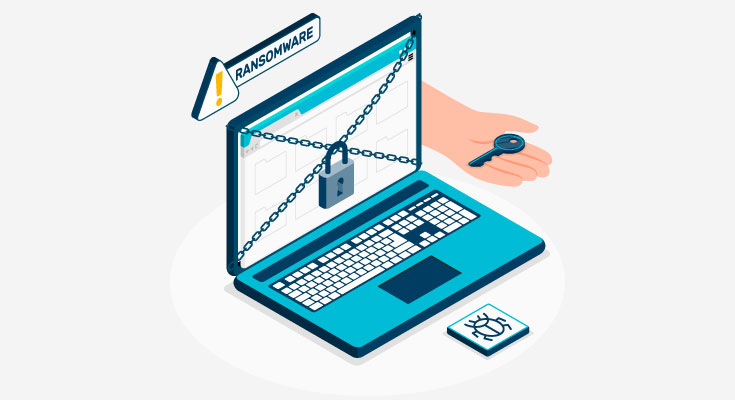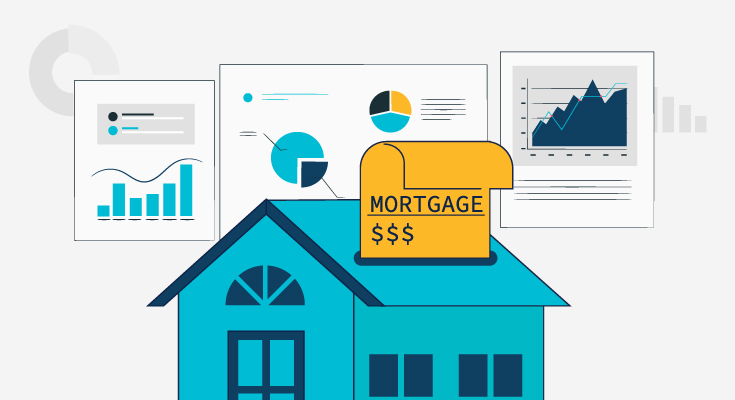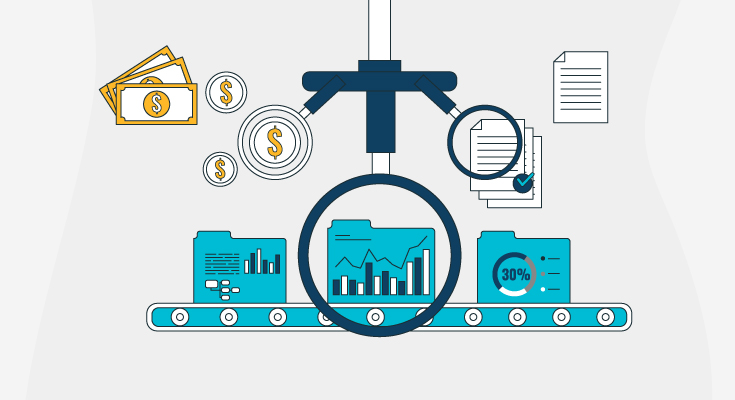Balance & Audit confirmations are highly misunderstood when it comes to auditing. For businesses to boast about financial accuracy, balance & audit confirmations are absolutely necessary.
In this guide, we’ll break down everything you need to know about balance audit confirmations.
What Are Balance & Audit Confirmations?
At their core, balance and audit confirmations are a way for auditors to double-check financial information. They’re the fact-checking part of the process, this is where the auditors reach out to third parties (banks, customers, suppliers, and other financial parties involved) and verify details like account balances, outstanding invoices, or loan terms.
Auditors conduct double-checks to ensure that the financial information provided by the firm is accurate.
There are a few types of confirmations:
- Positive Confirmations: Positive confirmations require a response from the third party. Auditors may send some form of communication to a third party (bank) asking them for confirmation whether the bank accounts have the same balance as stated on bank statements.
- Negative Confirmations: These types of audits only require a response from the third party if there’s something wrong with the data. These are less common and typically used for low-risk accounts.
- Blank Confirmations: Bank confirmations are different from the other two options. Auditors leave all the details blank and ask the third parties to fill in relevant information. This method is rarely used but can be helpful in specific scenarios.
For businesses operating in the U.S., positive confirmations are the go-to choice, especially for high-risk accounts.
Positive confirmations help auditors get a clear-cut picture of the entire financial financial information of a business. If there are any red flags, only then the auditors dig deeper.
Why do Bank & Audit Confirmations Matter?
Financial statements are only as good as the data. Audit confirmations are a reality check, ensuring that the numbers paint a real picture. Here’s why they’re non-negotiable:
- Accuracy: The primary reason to use balance & audit confirmations is to ensure that the financial records are accurate. Let’s assume, brand X claims it has $1 million in the bank, a confirmation from the bank verifies that this is true.
- Fraud Prevention: The second reason why they are important is to reduce the risk of financial fraud as much as possible. They help uncover discrepancies that might indicate fraudulent activity.
- Compliance: For U.S. companies, they’re a must to meet PCAOB and SEC compliance. Not meeting these regulatory compliances can lead to regulatory fines and open the business to fraud risk.
- Trust: They give investors, regulators, and stakeholders confidence that the numbers are legit. After all, no one wants to invest in a company with questionable financials.
When Are Confirmations Used?
Confirmations are not a part of a business’s regular operations. Confirmations usually happen during annual audits or when there’s a red flag in the financials. For example:
- Verifying bank balances at year-end.
- Confirming outstanding customer invoices.
- Checking loan balances with lenders.
In the U.S., they’re especially critical for public companies under the watchful eye of the SEC and PCAOB. Private companies also use them, though the process might be less formal.
How do Balance & Audit Confirmations Work?
Here’s the step-by-step breakdown of how balance and audit confirmations are conducted:
- Planning: The first step is identifying which accounts need confirmation and who to contact. This might include banks, customers, suppliers, or lenders. Auditors also decide whether to use positive, negative, or blank confirmations.
- Preparation: Next, auditors draft the confirmation letters. These letters need to be clear and detailed, including information like account numbers, balances, and dates. In the U.S., these letters must comply with PCAOB standards.
- Distribution: Once the letters are ready, they’re sent out to third parties. While traditional mail is still used, electronic platforms like Confirmation.com are becoming the norm because they’re faster and more secure.
- Follow-Up: Not everyone responds on time—or at all. Auditors need to track responses and follow up with non-responders. This step can be time-consuming but is crucial for a thorough audit.
- Documentation: Finally, auditors document every step of the process. This includes keeping records of all confirmations sent, responses received, and any discrepancies found. PCAOB standards require thorough documentation, so this step is non-negotiable.
Common Challenges in Balance & Audit Confirmations
Confirmations are tricky, without proper frameworks to support it, audit confirmations would not be able to provide the legit information.
- Non-Responses: Some third parties just won’t reply, no matter how many times you follow up. This can delay the audit and create headaches for everyone involved.
- Errors: Even when they do respond, the information might be wrong. For example, a bank might confirm the wrong account balance due to a clerical error.
- Fraud Risks: In rare cases, parties might collude to falsify information. This is why auditors need to approach confirmations with a healthy dose of skepticism.
- Time Crunch: Audits move fast, and confirmations can slow things down. This is especially true for large companies with hundreds or thousands of accounts to confirm.
Balance & Audit Confirmation Best Practices
To avoid mistakes, reduce the risk of fraud, and ensure the audit confirmation process goes smoothly, there are a few best practices auditors can follow:
- Start Early: Try to get a head start, confirmations take time, so start the process as soon as possible. Delays can cause panic in meeting deadlines, which leads to clerical errors.
- Leverage Technology: Businesses should leverage online solutions to fast-track the process. DIRO’s balance & audit confirmations can verify and fast-track your audit bank confirmations. Streamline the audit confirmation process and get access to the bank balance, transactional data, and more in real time. DIRO simplifies the audit confirmation process with original data directly from the bank source, which can save you hours of manual work.
- Be Clear: Auditors need to make sure that their confirmation requests are easy to understand. Ambiguity can lead to delays or incorrect responses.
- Follow-Up: While there will be non-responses, keep following up to get a clear picture of all the information. Without persistently following up, audits may not be able to get clear information on the financial information. Following up is key to getting the information you need.
- Stay Compliant: Keep PCAOB and SEC requirements front and center. This includes documenting every step of the process and addressing any discrepancies promptly. DIRO’s balance & audit confirmations help you stay compliant with relevant regulations to keep your business protected from fraud and instances of regulatory fines.
Common Mistakes to Avoid During Balance & Audit Confirmations
Mistakes are a part of the process. Here are some of the most common mistakes auditors make. Keep them in mind for your next audit:
- Waiting Too Long: Waiting till the last moment to send confirmation is a mistake. Any delays from the third party’s end will ultimately derail your timeline. Get a head start on sending confirmations and following up.
- Poor Documentation: Confirmations are conducted to get a clear picture of a company’s financials. Make sure you’re documenting every step of the process in case any issues arise in the future. To meet PCAOB standards, you have to maintain thorough documentation, so don’t cut corners.
- Ignoring Small Discrepancies: Even minor discrepancies can signal bigger issues. Always investigate and resolve them.
The Bottom Line
Balance and audit confirmations are tricky, time-taking, and challenging, but they help businesses prevent fraud and comply with regulations. They’re the backbone of financial accuracy, the safeguard against fraud, and the key to staying compliant in a heavily regulated landscape. Book a call with one of our experts to understand how DIRO’s balance & Audit confirmation solution helps your business.
FAQs
Positive confirmations require a response no matter what, while negative confirmations only need a reply if something’s wrong.
Follow up persistently and document every attempt. If all else fails, consider alternative procedures.
Absolutely. In fact, electronic confirmations are becoming the standard in the U.S.
You risk inaccurate financial statements, regulatory scrutiny, and even fraud going undetected.














